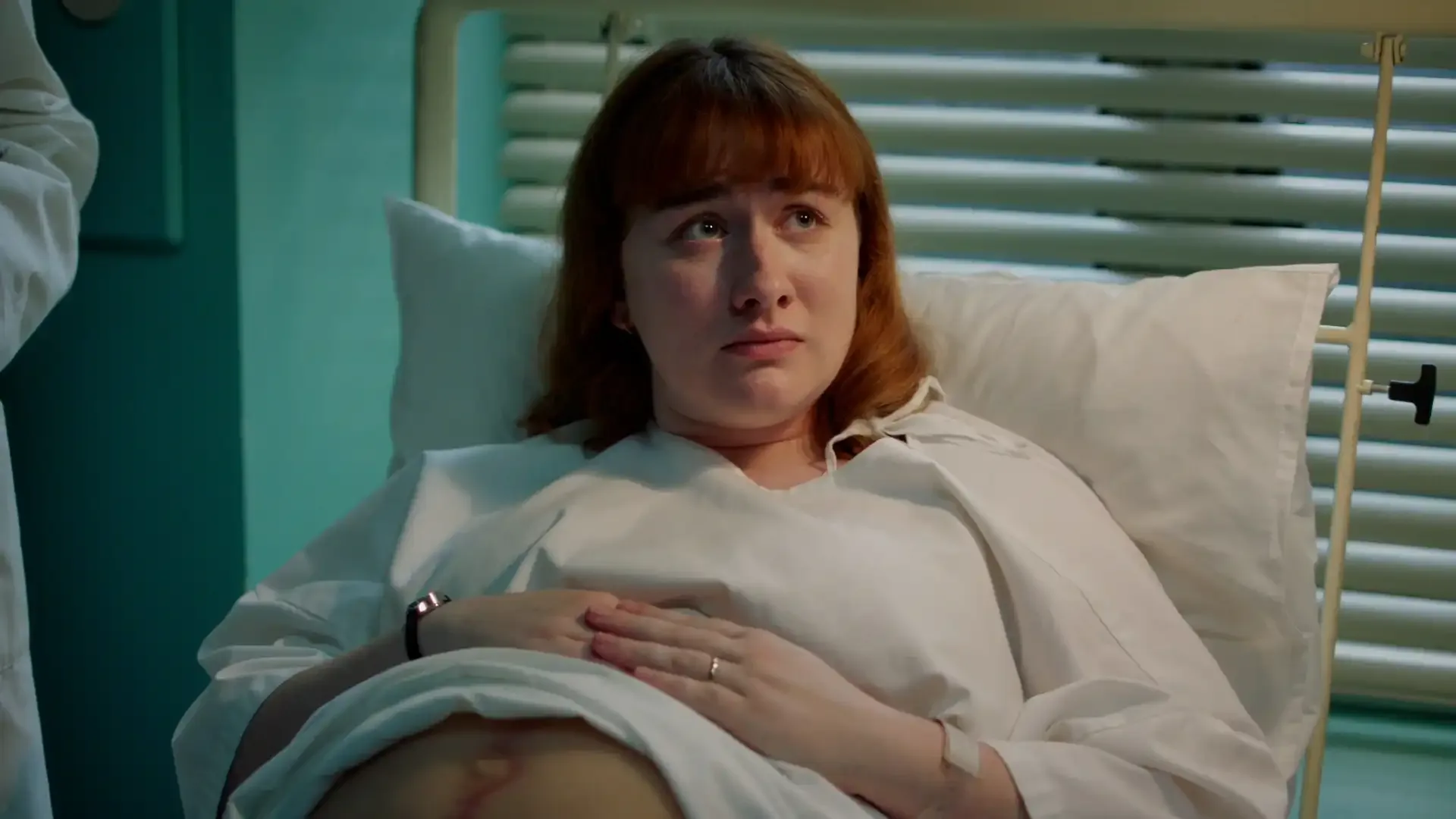Welcome to the 14th season where we join our old friends in Poplar in 1970, the same year that the British Cohort Study was done (mentioned in the episode).
The cohort study started with over 17,000 babies born in Scotland, England, and Wales over a one-week period in 1970. The study followed the babies born that week for 50 years, collecting data on many areas of their lives. I am guessing we may hear more about that in future episodes….
We have become accustomed to great season openers in the past, and this one was no exception. I am focusing this blog entry on the storyline with the pregnant woman who had a prior cesarean section.
Cesarean section incisions were originally performed in a longitudinal (vertical) fashion in the uterus. With a vertical scar in the uterus, in a subsequent pregnancy, the pregnant woman has a risk of uterine rupture – that is the muscle separating and opening at the site of the prior uterine scar – with an incidence of somewhere in the range of 1-12%.
A uterine rupture can be partial or total, based on whether the tear encompasses all layers of the uterine muscle wall (called a “complete” rupture) or whether some, but not all, of the muscle layers and the covering over the organ is torn through. A partial rupture may also be what is referred to as “silent,” meaning there are no overt symptoms or accompanying negative outcomes.
A complete uterine rupture is often catastrophic, causing internal hemorrhaging, which threatens the lives of both mother and baby. Such was the case that Midwife Phyllis Crane (played by Linda Bassett) described that she had experienced in her practice as a midwife.
In the early 1900s, obstetricians changed the way that they incised a woman’s uterus to use a transverse incision, as opposed to the vertical incision, for most cesarean sections. What was found was that the low transverse incisions would have a lower risk of a number of complications, including less pain after surgery and fewer problems healing post-operatively, as well as the incidence of uterine rupture in future pregnancies. The risk of uterine rupture in a subsequent pregnancy in someone with a low transverse uterine scar is much lower than it is for a vertically scarred uterus, quoted as 0.2-1.5% versus 1-12%.
While vertical incisions are rarely seen today, for certain indications they are performed. And as was the recommendation for the woman in the episode, even today if a woman has a vertically scarred uterus, the recommendation is that she have repeat cesarean deliveries for any other children she may bear.
For women who have a low transverse scar in their uterus, the majority are good candidates to attempt a vaginal birth in subsequent pregnancies (called a “trial of labor” until the baby is born and then called a “VBAC” or vaginal birth after cesarean) and of those who choose that option, the majority are successful.
I hope that you bristled as much as I when the obstetrician (leader of the “posse” of medical students and residents who pontificated at the patient’s bedside) silenced the woman’s protest that she did not have gestational diabetes in the current pregnancy as had complicated her prior pregnancy leading to the larger baby. He ceremoniously announced that she would be having another cesarean section with, “Big baby, small baby, WE will do what is best….”
That patriarchal tone providers can take may have lessened over the decades, but it still exists, nonetheless.
While the United States continues to have one of the highest cesarean section rates among industrialized countries (the rate was 32.3% of all live births in 2023) the VBAC rate in 2023 was only 15.1 per 100 live births. It is not an uncommon situation that someone desiring to attempt a VBAC cannot find a willing provider in the near geographic area who offers them that option. And the risks associated with multiple repeat cesarean sections, including abnormal placenta implantation which can lead to severe bleeding after birth, are no small matter.
Let’s just say the reason is off to a rousing start!
